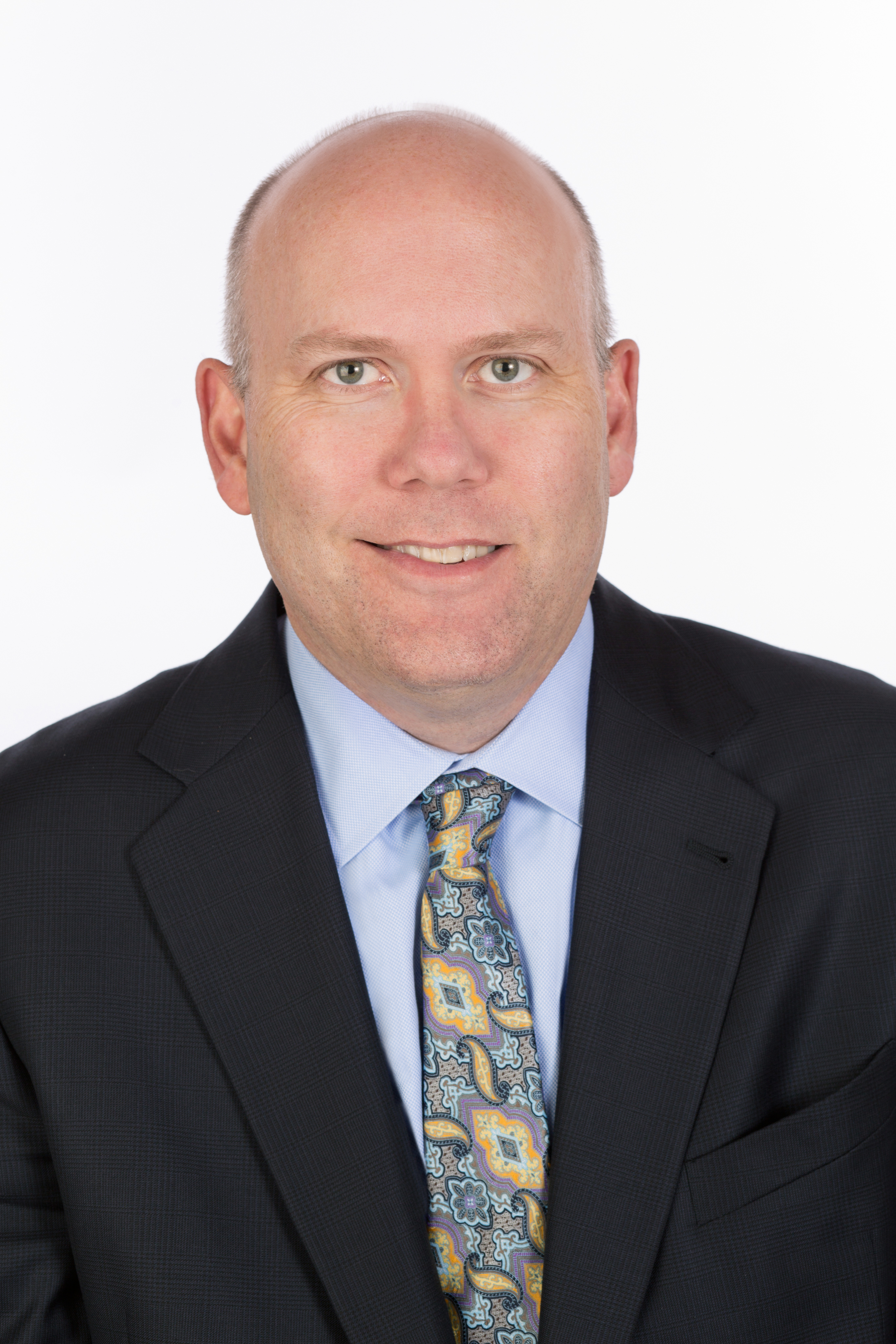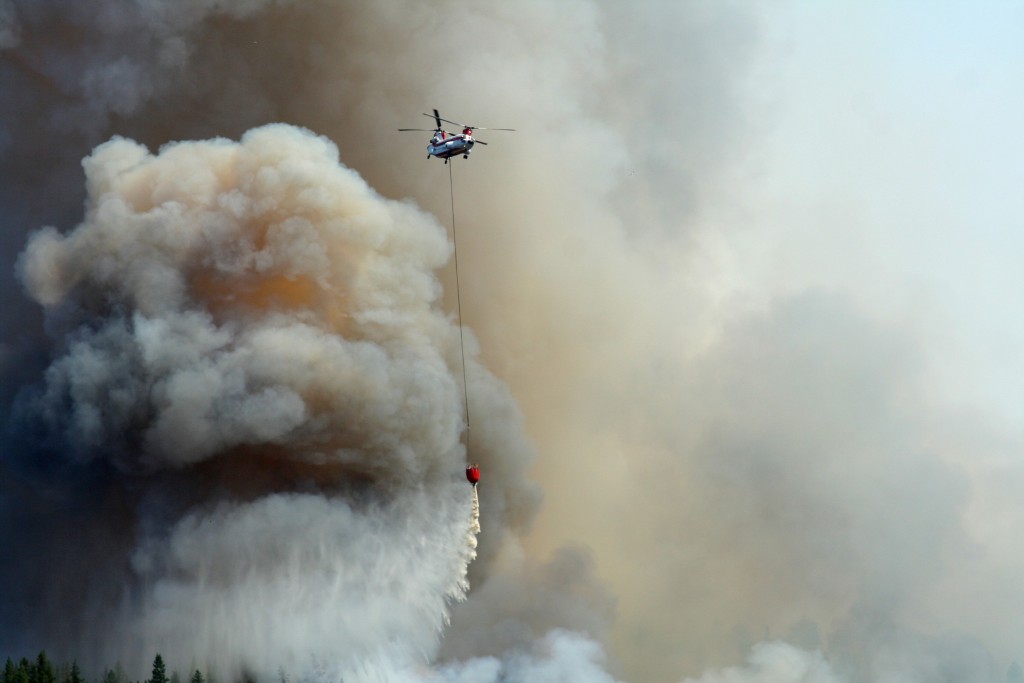Most experienced defense lawyers know that the variables in burn injury cases prevent anything resembling a guarantee of a good result. The following variables can affect the outcome of a case, including the potential financial exposure that a defendant or its insurer or worker’s compensation carrier may face:
– the different types of skin grafts and skin graft surgical procedures commonly involved in burn cases;
– whether, in high total body surface area (tbsa) burns, complete excision and grafting can be completed in a single principal procedure;
– the treatment technique, surgical technique and treatment philosophy of the physician; and
– the relative size of the burn center, as larger centers tend to be able to perform certain procedures–not because of greater skill, but because of the size and number of surgical teams necessary.
Skin Graft Classification and Skin Graft Surgical Procedures
In burn injury cases, surgical removal (excision or debridement) of the damaged skin is followed by grafting. The grafting is designed to reduce the course of hospital treatment and improve function and cosmetic appearance. There are typically two types of skin grafts–mesh grafts and sheet grafts. A less-common, third type of graft is a composite graft.
Mesh Grafts
Mesh grafting is known as partial-thickness grafting, or split-thickness grafting. With mesh grafting, a thin layer of skin is removed from a healthy part of the body, known as the donor site. It is processed through a mesher, which makes apertures into the graft. The graft then becomes mesh-like, allowing it to expand approximately nine times its original size. Such grafts are used to cover large areas and the rate of auto-rejection is lower. Harvesting of these grafts from the same site can occur again after as little as six weeks. The surrounding skin requires dressings and the donor site heals by reepithelialization.
Using a dermatome, the surgeon usually produces a split-thickness graft which is carefully spread on the bare area to be covered. It is held in place by a few small stiches or surgical staples. The graft is initially nourished by a process called plasmatic imbibition in which the graft drinks plasma. New blood vessels begin growing from the recipient area and into the transplanted skin within 36 hours in what is called capillary inosculation. To prevent accumulation of fluid, the graft is frequently meshed by making lengthwise rows of short interrupted cuts, each a few millimeters long, with each row offset to prevent tearing. This allows the graft to stretch and more closely approximate the contours of the affected area.
Sheet Grafts
In the alternative, a sheet graft, which is a full-thickness graft, involves pitching and cutting away skin from the donor section. Sheet grafts consist of the epidermis and entire thickness of the dermis. Sheet grafts must be used for the face, head and hands because contraction must be minimized. If sheet grafting is necessary but the donor sites are insufficient, the outcome is likely to be less satisfactory, and the financial exposure in such cases will be higher.
With sheet grafting, the donor site is either sutured closed directly or covered by a split-thickness graft. Sheet grafts are more risky in terms of rejection, yet counter-intuitively leave a scar only on the donor section. Sheet grafts also heal more quickly and are less painful than partial-thickness grafting.
Sheet grafting is usually difficult in severe aviation or manufacturing burns because those involve high-percentage tbsa burns and donor sites are therefore limited.
Composite Grafts
The third type of graft, a composite graft, is a small graft containing skin and underlying cartilage or other tissue. Donor sites would include the ears and other cartilage to reconstruct, e.g., nasal rim burns.
In High TBSA Burns, When Immediate, Complete Excision and Grafting is Completed in a Single Procedure, Damages Amounts May Be Lower.
In cases involving clearly severe, high tbsa burns, whether full or partial thickness, immediate, complete excision and grafting is usually indicated. If immediate excision and grafting is complete–that is, done in a single procedure–a much larger surface area surgery can be completed with less blood loss. This minimizes transfusion needs and dangers and also speeds physiological restoration.
Furthermore, an immediate, complete excision and grafting procedure can often allow use of good skin for grafting that would otherwise need to be excised. If the procedure is not done immediately, less skin may be available for grafting. In other words, skin that otherwise may have been healthy and usable when the plaintiff was first admitted to the hospital may die if the procedure is not done immediately, particularly if that skin is close to the burn site.
Immediate, complete excision and grafting also cuts down on the number of procedures and allows important vascular redevelopment to begin occurring sooner and supplying the graft locations with blood flow, which is essential to healing.
The Treatment Technique, Surgical Technique and Treatment Philosophy of the Physician Can Be Outcome-Determinative
The simple fact is that some surgeons are more skilled than others, so the outcome may be better or worse depending on the skill of the physician.
There are also some advances in burn surgery that particular physicians are able to employ. For example, in the most serious burn cases, grafts may be taken from other animals. Such grafts are known as heterografts and, by design, they serve as temporary dressings that the body will unquestionably reject within days to a few weeks. They are used in severe cases to reduce bacterial concentration of an open wound and reduce fluid loss.
Additionally, some surgeons are able to use cell cultured epithelial autograft (CEA) procedures, which involve removal of skin cells from a patient and the growth of new skin cell sheets in a lab. Although the new sheets will not be rejected, they are typically only a few cells thick and do not stand up to trauma. As a result, many such grafts do not take and the procedure must be repeated or an alternate procedure employed.
Furthermore, some physicians prefer to do more sheet grafting versus mesh grafting. The physicians who prefer mesh grafting like it because they can cover much larger areas in a shorter period of time. Conversely however, mesh grafting requires more revision surgeries, more of a risk that the grafts don’t take, and more contraction, which is disfiguring and requires further surgery.
Different groups of surgeons have their own philosophies and cultural preferences. In Portland, Oregon, for example, there is one group of approximately five, highly-skilled burn surgeons who staff the Oregon Burn Center at Emanuel Hospital. Due to the relatively small size of the burn center, they tend to wait four to seven days before conducting major graft procedures so that they can have a better assessment of the full extent of the injury.
The Relative Size of the Burn Center Can Be Outcome-Determinative
Larger burn centers, such as the ones at UC Davis or Harborview in Seattle, do not necessarily provide better treatment, but they are typically capable of complete excision and grafting at admission when there is a high percentage of the total body that sustains full-thickness burns or a combination of full-thickness and lesser degree burns. This is a function of burn center size, not the skill of the physicians. A full excision and grafting procedure is lengthy and generally requires two full surgical teams and at least two attending physicians and two assistant surgeons. This type of procedure is generally not possible at relatively smaller burn centers such as the Oregon Burn Center.
Using Variables in Burn Cases to Assess Case Value and Adequately Prepare
The variables discussed above vary from case to case. It is important to assess each one when valuing a burn injury case in order to determine the defendant’s likely exposure and prepare adequately for productive settlement discussions and, if absolutely necessary, trial.

